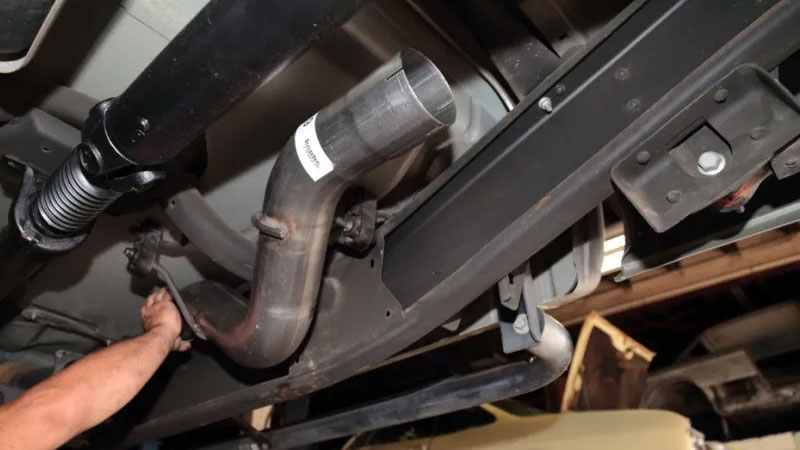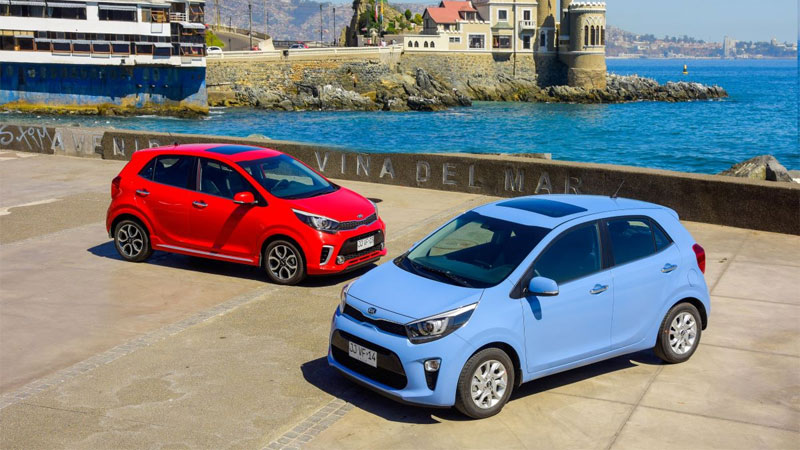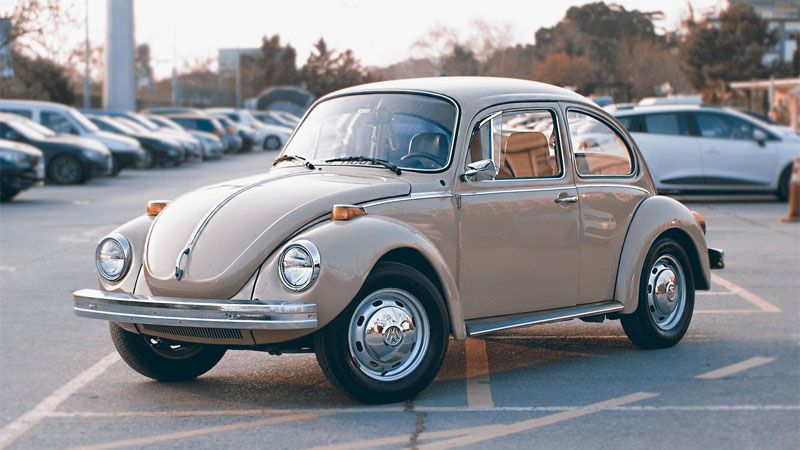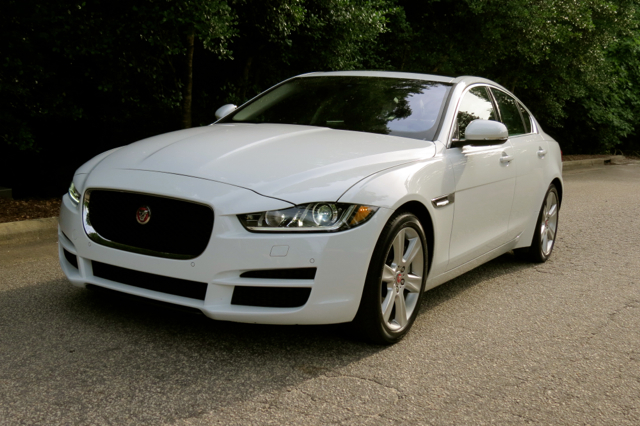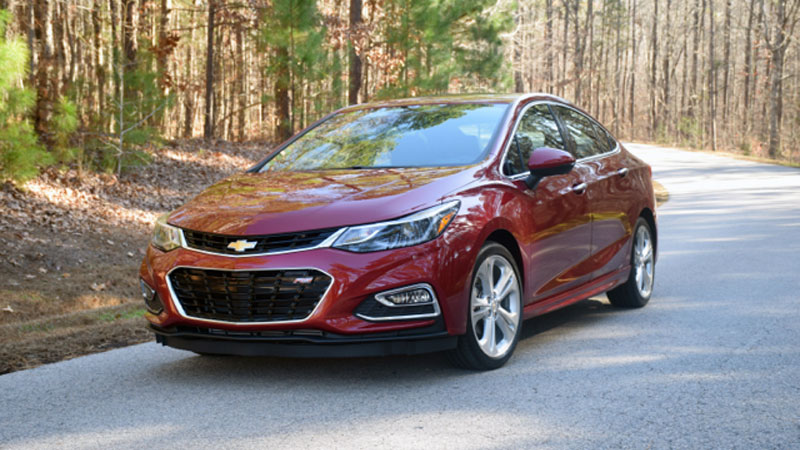4″ vs 5″ Exhaust: How to Choose the Right Exhaust Size for Your Diesel
If you’re thinking about upgrading your diesel truck, you might want to take another look at your exhaust pipe. The tailpipe controls the flow of exhaust coming out of your vehicle. The faster the exhaust flow, the more power your truck will produce, but lots of trucks aren’t designed to … Read more

